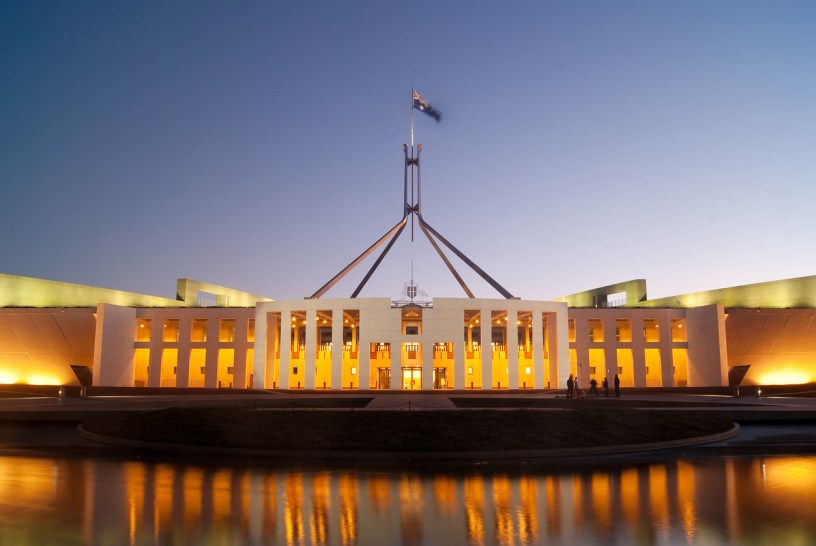The Federal Government has released its draft amendments to the Australian Screen Production Incentive, i.e. the offsets, inviting public comment until the end of this month.
As part of a broader regulatory overhaul, the government first announced the proposed changes to the rebate scheme in last year’s Federal Budget, with the intention they take effect from July 1 this year.
Most notably, the reform will see the Producer Offset for television and streaming projects lift from 20 to 30 per cent.
Initially the government had also proposed, in an effort at harmonisation, lowering the 40 per cent Producer Offset rate for feature films to 30 per cent. However, amid strong industry backlash, it eventually walked back the idea.
Other proposed amendments include the following:
- An increase the QAPE threshold for feature length content supported through the Producer Offset from $500,000 to $1 million.
- An increase in the threshold for the PDV offset from $500,000 to $1 million.
- The removal the 65 commercial hour episode cap for drama series.
- The removal ability to claim production costs incurred in other countries towards the Producer Offset, i.e. the Gallipoli clause.
- The removal of the ability to claim general business overhead expenses as QAPE across all three tax offsets (Producer Offset; Post, Digital and Visual Effects (PDV) Offset and Location Offset)
- A cap on ‘above the line’ expenses to 20 per cent for non-feature documentary productions so that it aligns with the requirements for other eligible productions under the Producer Offset.
- A cap on claims relating to copyright costs across all three tax offsets to 30 per cent of total production expenditure.
- A cap on claims of production expenditure, for the Producer Offset, to the original version of the film and one re-version of the film.
While the government’s backflip on the feature film offset was seen as a significant win, many in the sector remain concerned about the remaining changes, particularly the removal of the Gallipoli clause and the increase in the QAPE threshold of the Producer Offset from $500,000 to $1 million.
The Documentary Australian Foundation (DAF), for instance, has argued previously via an open letter that the PO changes will have an unintended, disproportionate impact on the documentary sector. Based on its data, the average documentary feature film budget is $618,000; far below the $1 million threshold. It has also suggested the removal of the Gallipoli clause will make it harder to have international elements in Australian documentaries.
DAF is encouraging documentary filmmaker to have their say. In a document sent to IF, it writes: “These changes are particularly detrimental to one-off, single documentary feature films – which have much lower budgets than their drama counterparts. One-off, single documentary feature films provide a significant cultural and social benefit to Australia – capturing and preserving our social, historical and political narratives. They are distinct from the broader category of “factual” for television, often finding and telling singular Australian stories.”
As IF has reported, the post-production and visual effects sector has also raised concerns about the threshold increase to PDV Offset, arguing it may stifle growth of smaller VFX companies and the ability for picture and sound-post houses to attract remote work.
Speaking broadly, Screen Producers Australia (SPA) CEO Matthew Deaner told IF: “We will continue to work closely with the government and indeed all parties throughout the passage of the legislation to ensure we can achieve the best outcome possible for our members.”
Treasury is inviting responses, electronically or via post, until May 31. More detail here.


